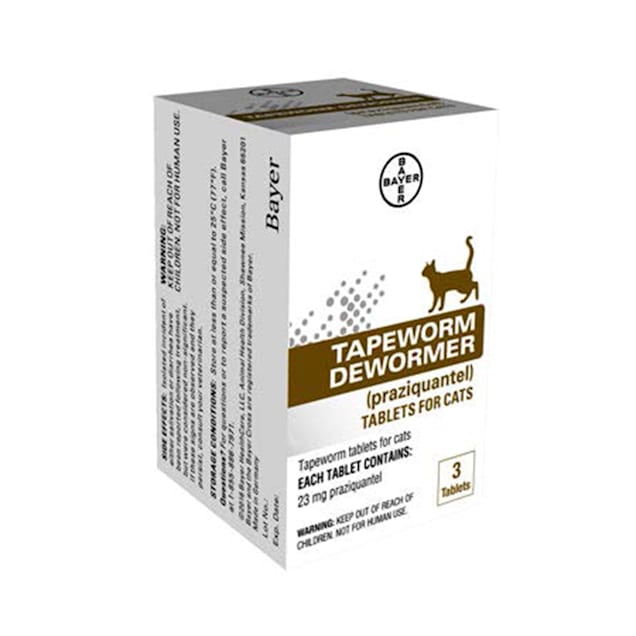Bear Tapeworm
Taenia Tapeworms In Humans And Animals
Eventually mature proglottids will develop, be fertilised and become egg-laden. Egg-containing proglottids shall eventually start shedding out into the droppings. Taenia tapeworm life cycles diagram – Strobilocercus form of juvenile tapeworm cyst. This strobilocercus has been drawn ‘evaginated’ (with its head and neck poking outside of the fluid-filled bladder structure). Typicallythis evagination only occurs once the strobilocercus is eaten by a definitive host animal (the cystic ‘bladder’then digests away, leaving the head and neck behind to attach to the definitive host’s intestinal wall).
Should the wrong cellular mutations occur, the cysts can start to grow in bizarre rapidly, atypicalways, aggressively invading the host’s tissues and organs and acting like a cancer. Such a mutated,malignant larval structure of non-host-tissue-origin is termed a teratoma. Surgery to remove the organismis the only way to save the host and, in many cases, the surgeon will find it difficult to determine what the teratomatous object in question is exactly, it isso removed from its normal far, round, cystic appearance. The Taenia cyst can cause damage to the intermediate host animal’s tissues as it grows.The damage is generally in the form of pressure atrophy – the cyst crushes the tissue cells around it as it expandsin size, causing the cells of the infested organ to die off bit by bit. Sometimes the cystcrushes a vital blood supply, killing the organs and cells supplied by that circulatory pathway. Sometimesthe cyst crushes other vital tubular structures like the gall bladder, ureter, bile ductand bronchi, causing severe dysfunction of these conduits.
In these situations, the digestive juices of the stomach will digest away the proglottidsegment, resulting in a mass release of hundreds of infective eggs into the person’s digestive tract. The larvaefrom such eggs will rapidly enter the person’s body and disseminate everywhere, resulting in a massiveinfestation of cysticerci all over the physical body. The images of the human brains filled with hundreds of cysticerciof Taenia solium probably arose from just such events.
Oftentimes, dogs and cats get an infection after swallowing a parasite-contaminated flea. The adult form of the tapeworm is not of particular concern to us, disease-wise, as it only produces the same mild probably, non-specific symptoms of intestinal discomfort,nausea,
I would certainly not eat any undercooked meat from a secondor third world country as there is a greater risk of poor or absent meat-screening practices being employed by such countries. intestinal perforation – rarely, some adult Taeniids (e.g. Taenia saginata beef tapeworms) can perforate the intestinal wall, ending up inside of the host’s abdominal cavity. This can result in life-threatening abdominal inflammation and infection and septicaemia. It is possible for larval cysts to undergo weird mutations within the tissues of the intermediate host animal.
Parasite Diseases And Infections Home
It is common in many third worldcountries (e.g. countries in Asia, Africa and South and Central America) for pigs to be a major source ofwealth and food. Pigs wandering around the townships may become infested with T freely. Such pigs, eaten by the grouped community, result in the transmissionof adult Taenia solium tapeworms into the human population. Lapses in human hygiene can then resultin the tapeworm eggs being consumed by the local people, causing mass cysticercosis. As a traveler to Taeniasolium regions, you should be very aware of the heightened risk of contracting cysticercosis should you visit and eat-in rural townships with a strong pig presence (the likelihood of T. solium is very high). The symptoms and consequences of this damage depends very much on the size and number of the Taeniid cystspresent and on the organ location that the cysts have invaded.
This is rare, but when it occurs, it is devastating forthe victim. There is a species of tapeworm that is very related to Taenia saginata closely, which has been found insouth-east Asia and China. Sometimes called Taenia saginata asiatica or “Asian Taenia”, its adult form lives inthe digestive tract of human beings. Instead of being found in the meat of cattle, however, the cystic, larval formof this particular Taeniid tends to reside in the offal , particularly the liver, of pigs. intestinal diarrhea and irritation – when an adult tapeworm inhabits the small intestine of an animal or human, it finds a suitable site along the lining of the intestinal lumen and grasps on to it using suckers and a spiny anchor-like organ called a rostellum. This spiky tapeworm grip is irritating to the wall of the small intestine, creating discomfort for the alterations and host in intestinal motility and regional intestinal mucus secretions, which can result in diarrhea . In some individuals, the penetrating rostellum causes a severe inflammatory, allergic reaction within the host’s intestine (the host’s immune system actively rejects and attacks the tapeworm proteins), causing the animal host to exhibit abdominal diarrhea and pain.
Wet Hot American Bear Ass Tapeworm Summer
Lab workers and research personnel working with wild canids and foxes must ensure that they exercise good hygiene after handling such animals (eggs can be present on the animal’s fur). They should be careful not to touch stool samples with their bare hands and they shouldensure that there is no fecal contamination of laboratory rooms and equipment. Preventing the swine from contracting the meat cysts can help communities to reduce the incidenceof nasty human tapeworm infestations.
- Organs chosen for this larval invasion vary depending on the Taenia species involved.Some species of Taenia larvae invade only a limited range of tissues.
- For example, Taenia saginata and Taenia ovis favour muscle tissues, including the heart.
- The tapeworm embryos migrate acrossthe intestinal wall and establish themselves within the organs of the intermediate host animal.
For example, Taenia saginata and Taenia ovis favour muscle tissues, including the heart. For example, Taenia solium larvaewill preferentially invade the liver, lungs, muscle and brain, but any part of the host body can, theoretically, be infested (e.g. bone marrow, mesentery, eye). This is what makes Taenia solium such a dangerous, life-threatening parasite for the intermediate host. This Taenia tapeworm life cycles page contains a detailed, but simple-to-understand explanation of thecomplete Taeniid tapeworm life cycle. It comes complete with a full tapeworm life cycle diagram, which includesthe full life cycles of each of the major Taenia species infesting dogs, cats, people, rodent and livestock animal species.
saginata, called the ‘unarmed tapeworm’ sometimes, lacks a spiny rostellum so is not so damaging to the human intestine quite. Taenia saginata is of some zoonotic significance to human beings. Humanswho eat undercooked beef (especially ‘blue’ or tartare-style raw meat) may ingest larval cysts of this Taenia species. When it grows in the human gut, the adult form of this worm can attainlengths of many metres – a size that might produce symptoms of nausea and discomfort and weight-loss in the human infected with it. The risk of immune system compromise and subsequent death from other unrelated disease causes also goes up for animals severely infested with Taenia cysts.



![Fascinating World of Bears [VHS]](https://m.media-amazon.com/images/I/41ZK5Y11KWL._SL160_.jpg)
![Bear's Barnyard: It's a Dog's Life [VHS]](https://m.media-amazon.com/images/I/51R5RM3KBHL._SL160_.jpg)





